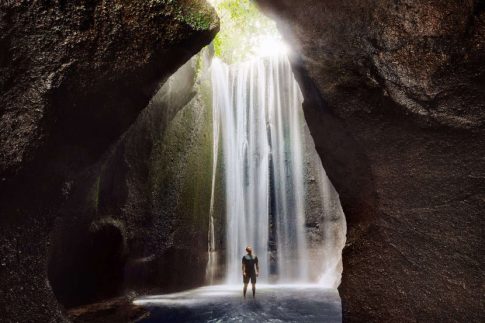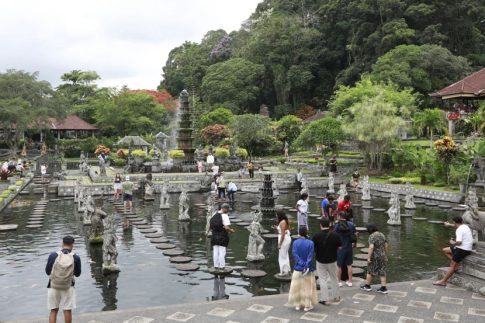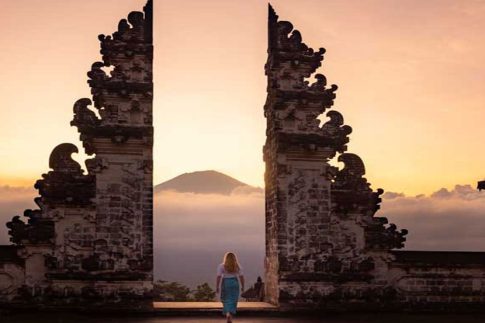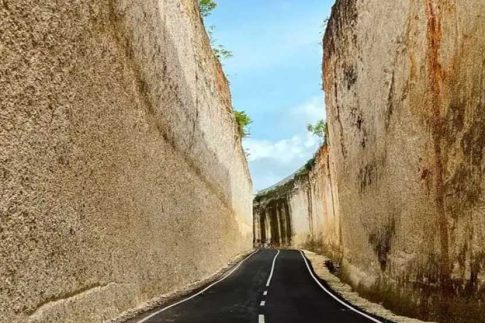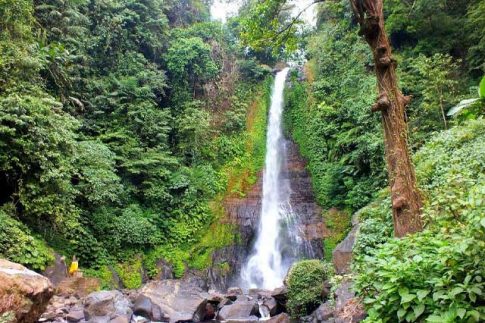Bali, known as the Island of the Gods, not only offers natural beauty but also a rich cultural and spiritual heritage. One of the most important sites for the Balinese Hindus is Besakih Temple.
Located on the slopes of Mount Agung, this temple is the largest and holiest in Bali, serving as the center of religious activities for Hindus across the island.
This article will explore the history, architecture, and visiting experience of Besakih Temple, as well as why this place is worth adding to your travel itinerary.
History of Besakih Temple
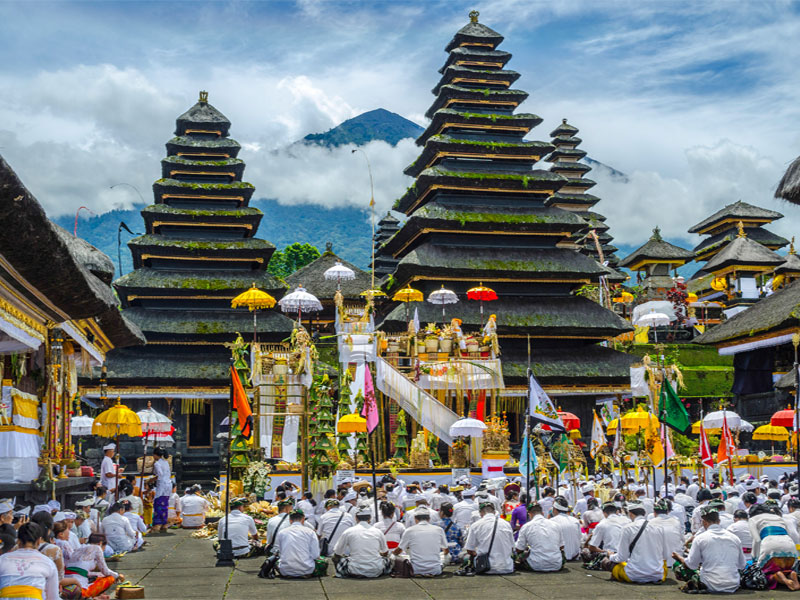
Besakih Temple has a long history, with roots dating back to prehistoric times. Initially, this site was used by the Balinese people who practiced animism and nature worship. Archaeological evidence shows that this site has been used for religious purposes for more than 2,000 years.
However, the temple underwent a significant transformation in the 8th century when Hinduism began to spread to Bali. The temple became a center of religious activities, especially after the Javanese invasion in 1284.
In the 14th century, under the influence of the Majapahit Kingdom, the temple was expanded and recognized as the center of Hinduism in Bali. To this day, it remains a sacred place that is respected and preserved by the Balinese community.
Architecture of Besakih Temple
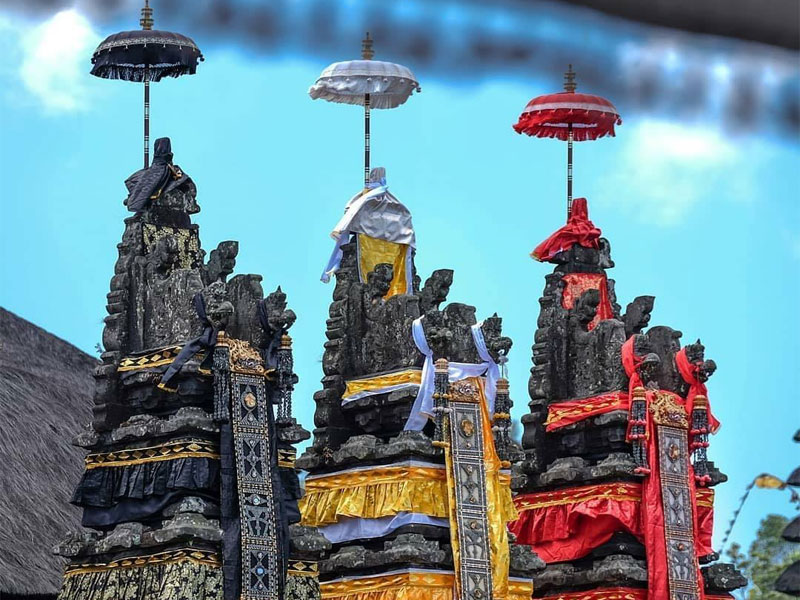
The Besakih Temple complex consists of numerous temples, located on the slopes of Mount Agung. There are more than 20 temples within this complex, with Penataran Agung Besakih Temple as the central temple.
Penataran Agung Temple is the largest and most important temple, featuring three main shrines that symbolize the Tri Purusha: Siwa, Sada Siwa, and Parama Siwa.
The temple also has a stepped structure, reflecting the spiritual journey of the Balinese Hindus as they draw closer to God.
The design of this complex is meticulously planned, with each temple facing a specific cardinal direction, in alignment with the philosophy of Tri Hita Karana, which represents the harmonious relationship between humans and God, humans and others, and humans and nature.
Each direction is also associated with a particular deity, such as Gelap Temple in the East, which worships Lord Içwara, or Kiduling Kereteg Temple in the South, which worships Lord Brahma.
The Philosophical Meaning of Besakih Temple
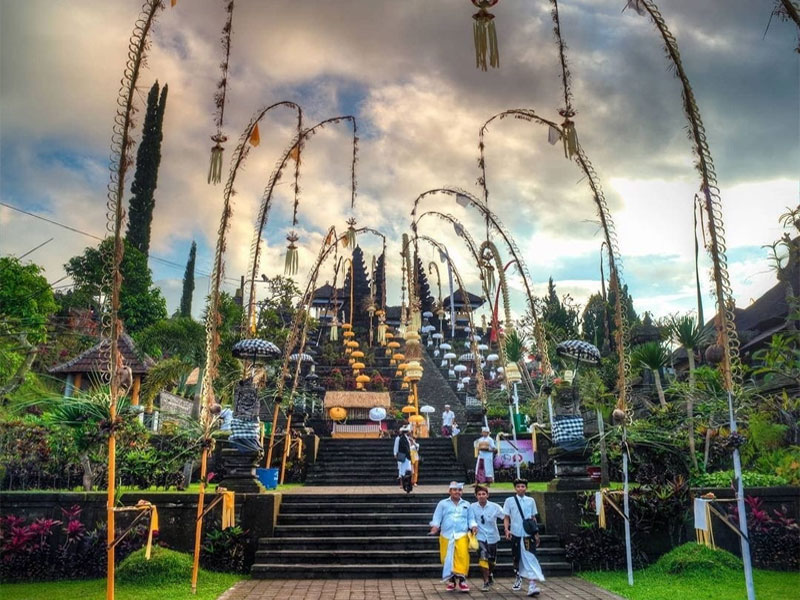
Besakih Temple is not only a place of worship but also a symbol of life. Its location on the slopes of Mount Agung, which is considered a sacred mountain in Bali, highlights the close relationship between nature and spirituality.
Mount Agung is believed to be the dwelling place of the gods, and this temple serves as a bridge that connects the people with divine power.
Within the temple complex, there are various symbols that represent the connection between humans, God, nature, and others.
Besakih Temple teaches the philosophy of Tri Hita Karana, which encourages followers to live in harmony and balance with nature and fellow human beings.
Rituals and Ceremonies at Besakih Temple
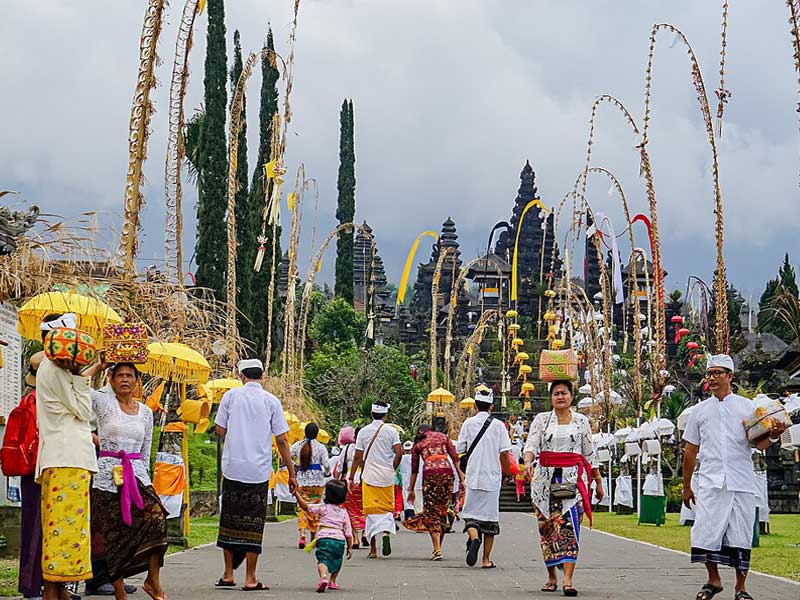
Besakih Temple is known as the center of religious activities in Bali. Every year, various grand ceremonies are held, such as the Eka Dasa Rudra Ceremony, which is a major event that takes place once every 100 years.
In addition, there is also the Odalan Festival, celebrated every 210 days, based on the Balinese Pawukon calendar.
During these ceremonies, thousands of Hindus from all over Bali gather to pray and seek blessings. The atmosphere at the temple during these events is vibrant, with beautiful decorations and various offerings, making it a deeply spiritual experience.
Tips for Visiting Besakih Temple
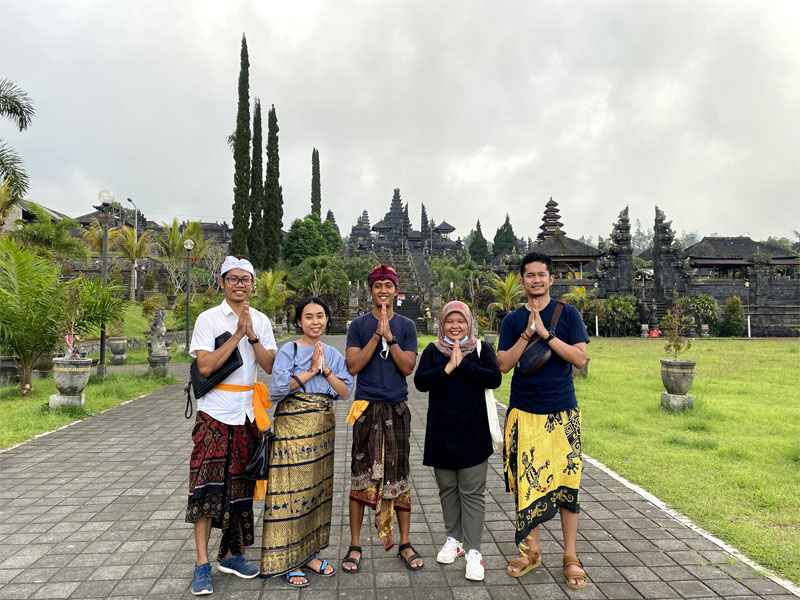
To have the best experience when visiting Besakih Temple, here are some tips that can help you:
- Wear Modest Clothing
As Besakih Temple is a sacred place, visitors are required to wear modest clothing. You will typically be asked to wear a sarong and sash that cover certain parts of the body. Don't worry, sarongs and sashes are available for rent at the temple if you don't bring your own. - Follow Rules and Regulations
Always adhere to the rules and regulations in place at the temple. For example, avoid taking photos during ceremonies and do not touch or climb sacred structures. - Choose the Right Time to Visit
Visiting Besakih Temple in the morning or late afternoon is ideal, as the weather is cooler and the temple is less crowded. - Use a Local Guide
To gain a deeper understanding of the history and spiritual significance of Besakih Temple, it's recommended to hire an experienced local guide. - Prepare Physically
Since the temple complex is located at a high elevation and is quite expansive, make sure you're in good physical condition. Wear comfortable footwear and bring water to stay hydrated.
Entrance Ticket Prices and Facilities
Besakih Temple is one of the main tourist destinations in Bali, and here are the latest entrance ticket prices:
- Domestic Visitors: IDR 80,000
- Overseas Visitors: IDR 150,000
The ticket price includes a local tour guide, a sarong, and an electric vehicle service to transport visitors into the temple area.
Nearby Attractions
In addition to visiting Besakih Temple, you can also enjoy other interesting tourist attractions located near the temple, such as:
- Edelweiss Garden Besakih – Located on the slopes of Mount Agung, this garden offers beautiful views of the Kasna flowers.
- Telaga Waja River Rafting – Enjoy a thrilling 17 km rafting experience with spectacular natural scenery.
- Telaga Waja River Rafting – Enjoy a thrilling 17 km rafting experience with spectacular natural scenery.
Summary and Conclusion
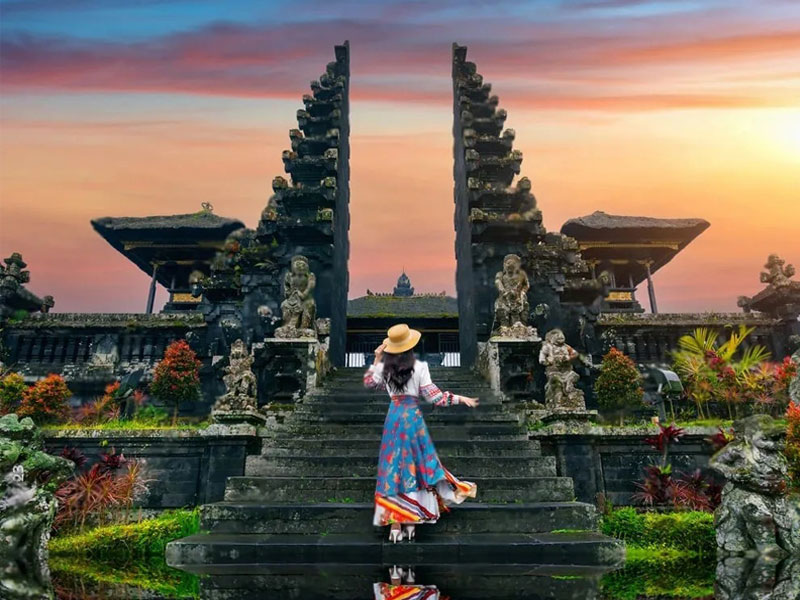
Besakih Temple is a place rich in history, culture, and deep spirituality. As the center of Hindu religion in Bali, this temple not only offers an extraordinary religious experience but also stands as an important symbol of the harmony between nature and humanity.
If you visit Bali, make sure to take the time to visit Besakih Temple by booking a Besakih Temple tour package, a sacred site that is the soul of this Island of the Gods.

